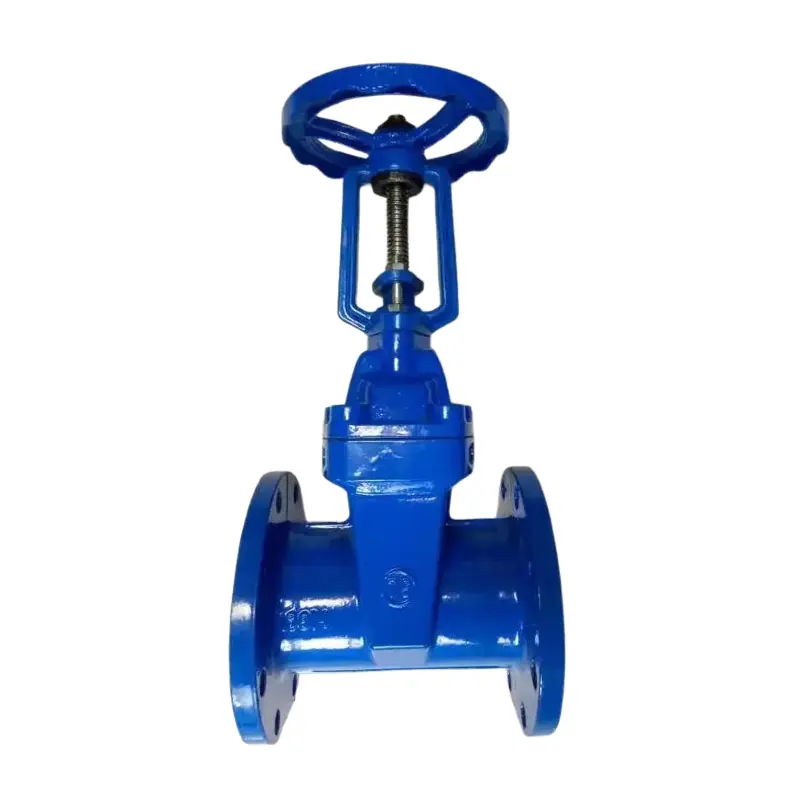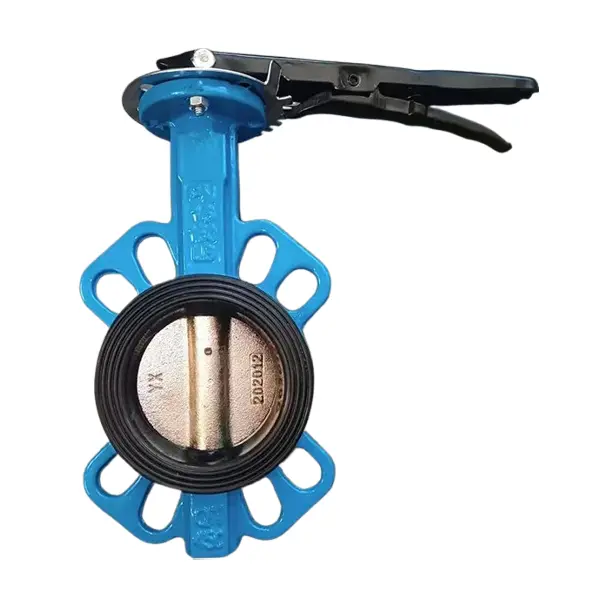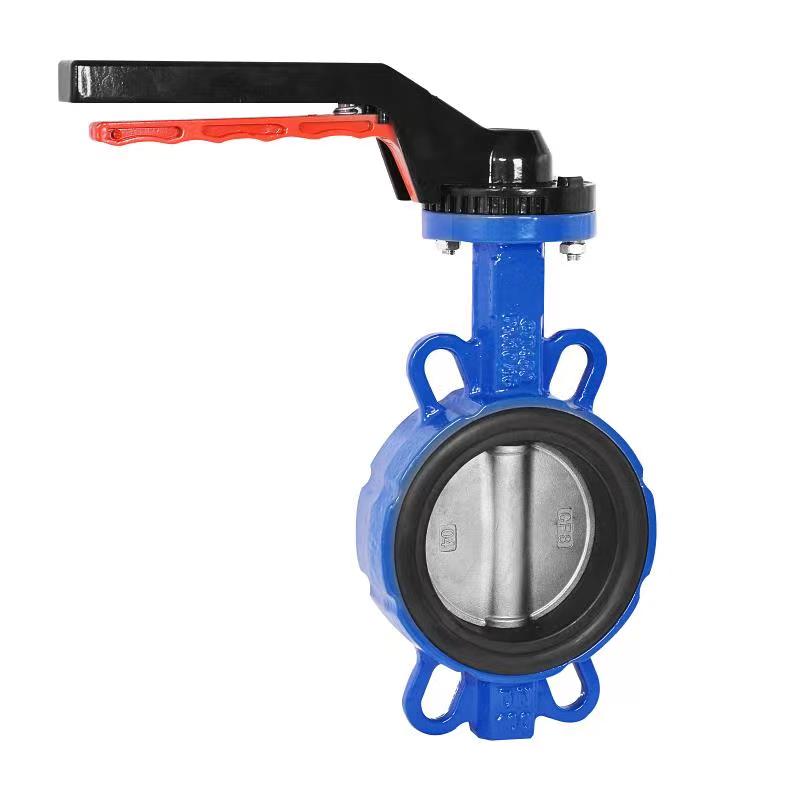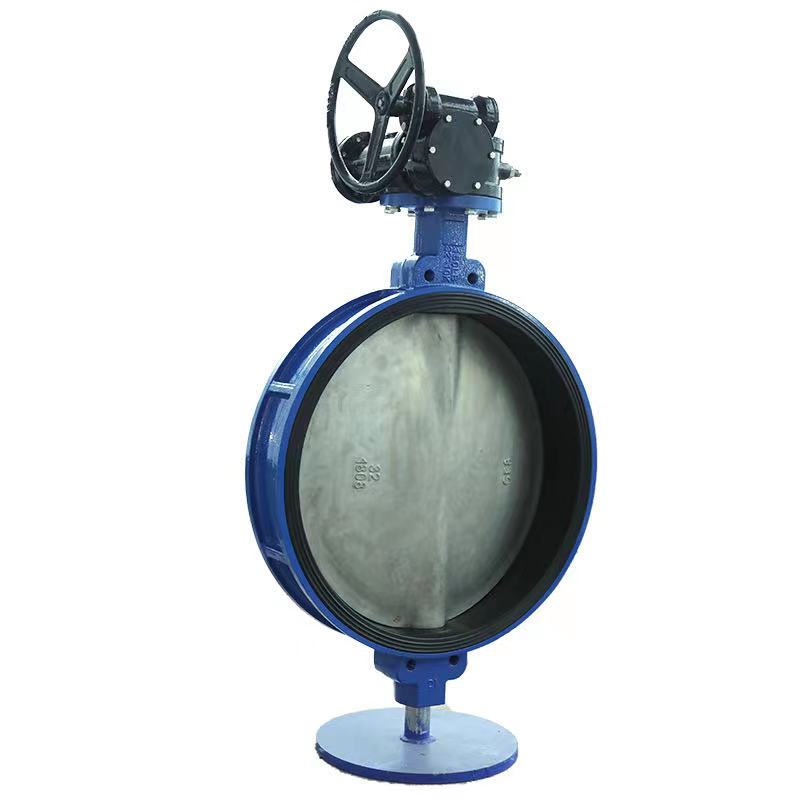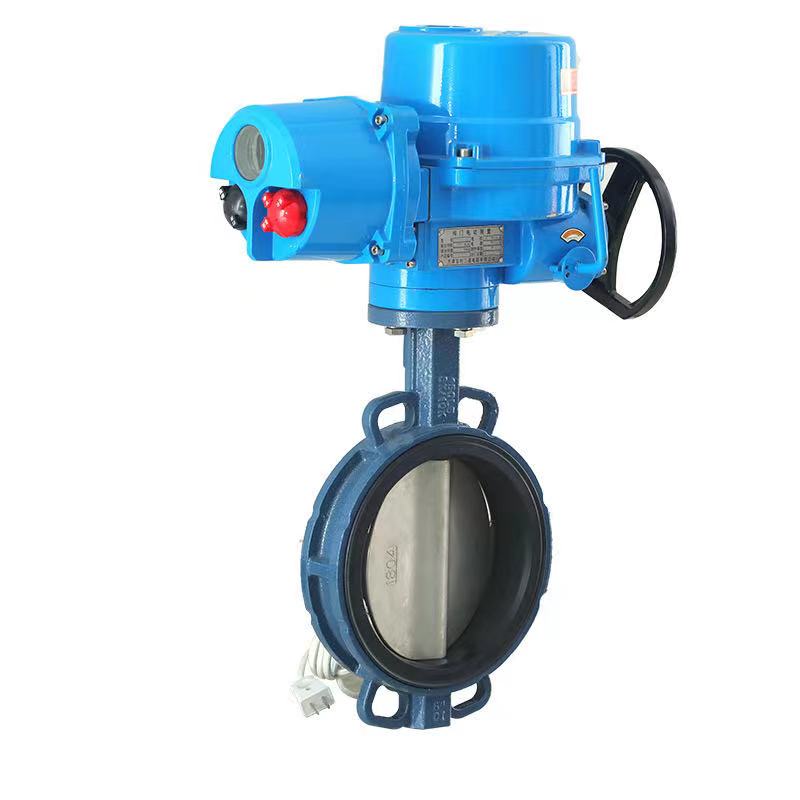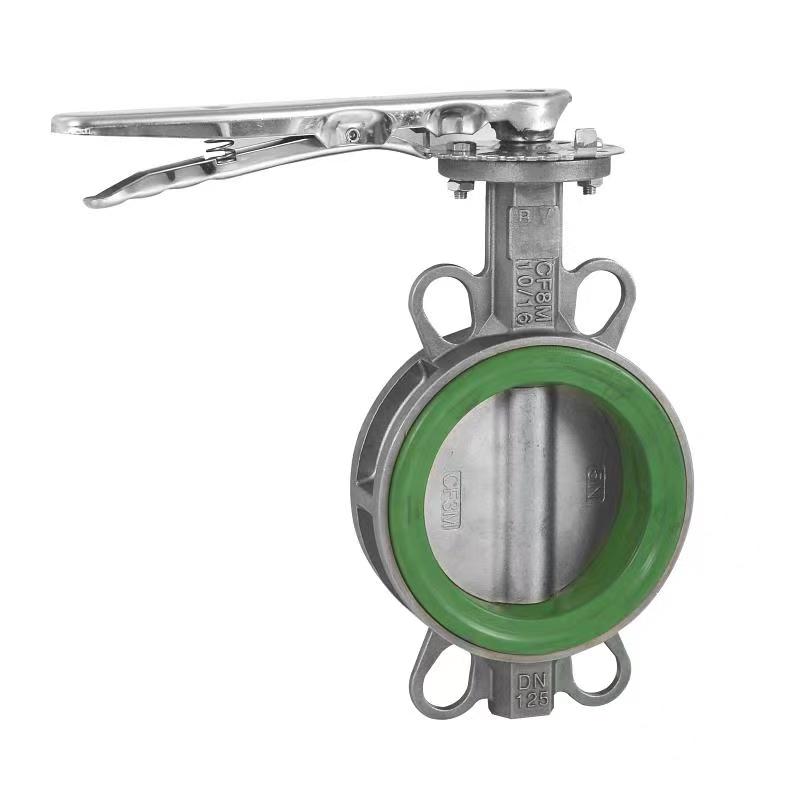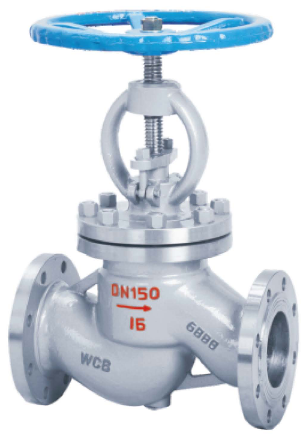- English
- Español
- Português
- русский
- Français
- 日本語
- Deutsch
- tiếng Việt
- Italiano
- Nederlands
- ภาษาไทย
- Polski
- 한국어
- Svenska
- magyar
- Malay
- বাংলা ভাষার
- Dansk
- Suomi
- हिन्दी
- Pilipino
- Türkçe
- Gaeilge
- العربية
- Indonesia
- Norsk
- تمل
- český
- ελληνικά
- український
- Javanese
- فارسی
- தமிழ்
- తెలుగు
- नेपाली
- Burmese
- български
- ລາວ
- Latine
- Қазақша
- Euskal
- Azərbaycan
- Slovenský jazyk
- Македонски
- Lietuvos
- Eesti Keel
- Română
- Slovenski
- मराठी
- Srpski језик
- Esperanto
- Català
- שפה עברית
- Cymraeg
- Latviešu
- icelandic
- ייִדיש
- беларускі
- Hrvatski
- Kreyòl ayisyen
- Shqiptar
- Malti
- lugha ya Kiswahili
- አማርኛ
- Bosanski
- Frysk
- ភាសាខ្មែរ
- ქართული
- ગુજરાતી
- Hausa
- Кыргыз тили
- ಕನ್ನಡ
- Corsa
- Kurdî
- മലയാളം
- Maori
- Монгол хэл
- Hmong
- IsiXhosa
- Zulu
- Yoruba
- অসমীয়া
- ଓଡିଆ
- Twi
- Samoa
- Sesotho
- සිංහල
- Gàidhlig
- Cebuano
- Somali
- Тоҷикӣ
- O'zbek
- Hawaiian
- سنڌي
- Shinra
- Հայերեն
- Igbo
- Sundanese
- Lëtzebuergesch
- Malagasy
- Tǝlam Kanuri
- Punjabi
- پښتو
- Chichewa
How long does the lifespan of a check valve usually last?
The lifespan of check valves is usually between 2 and 10 years, and the specific duration is affected by three factors: material, usage environment, and maintenance frequency. The following is a detailed analysis:
Material determines the basic lifespan
Plastic check valve (ABS/PVC)
Weak corrosion resistance, easily affected by high temperature and oil pollution, usually needs to be replaced after 2 to 3 years. If exposed to a humid or oily environment for a long time (such as in a restaurant kitchen), it may cause deformation or cracking, resulting in poor closure and a shortened actual lifespan of 1 to 2 years.
Stainless steel check valve
Corrosion resistance and strong fire resistance, with a lifespan of up to 5 to 10 years. But it is necessary to regularly check the sealing gasket. If there is water leakage or delayed closure due to aging, the seal should be replaced instead of the overall valve. For example, a stainless steel check valve in a certain restaurant experienced backflow after 7 years of use due to aging of the sealing gasket. After replacing the sealing gasket, its function was restored.
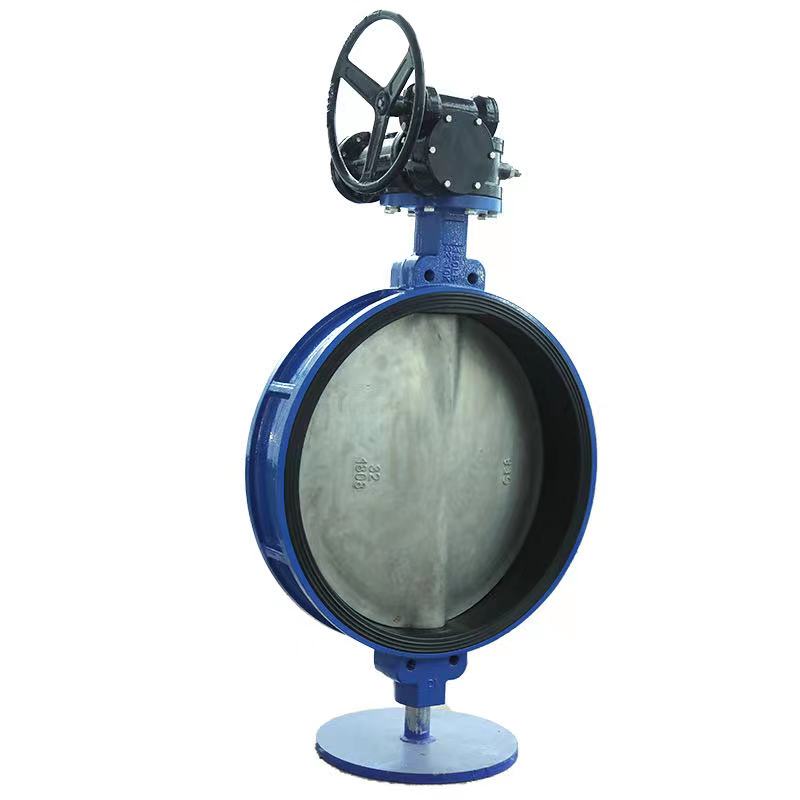
Accelerated wear and tear in the usage environment
harsh environment
In places with large temperature differences, humidity, or heavy oil fumes (such as barbecue restaurants), the service life of check valves may be shortened to 3 to 5 years. For example, in a Korean style barbecue restaurant, due to high oil fume concentration, the plastic check valve did not close tightly after only 3 years. After replacing it with a stainless steel model, the problem was solved.
High frequency usage scenarios
In commercial kitchens or industrial pipelines, check valves open and close frequently, and internal connections and sealing components are prone to wear and tear, which may result in a lower lifespan than in household scenarios.
Maintenance frequency prolongs lifespan
regular inspection
It is recommended to check every 2 to 5 years to observe whether the appearance is weathered or broken, whether the blades are deformed, and whether the valve body is brittle. If the closing angle is less than 60 °, smoke exhaust is not smooth, or an odor is smelled, it needs to be replaced immediately.
Synchronized replacement strategy
When decorating the kitchen, renovating the flue, or replacing the range hood, it is recommended to replace the check valve simultaneously to avoid functional abnormalities caused by mismatched old and new components. For example, during the renovation of a restaurant's flue, the check valve was not replaced, which later led to complaints due to poor sealing. After replacement, the problem was resolved.
Suggestions for extending lifespan
Material selection: Stainless steel check valves are preferred to balance durability and safety.
Environmental adaptation: Choose corrosion-resistant models for humid or oily environments to reduce the risk of aging.
Regular maintenance: Establish an inspection mechanism, replace seals or integral valves in a timely manner, and avoid small problems accumulating into major failures.
Related News
- What are the requirements for installing ball valves?
- Is there a strict requirement for the installation direction of ball valves?
- Can check valves prevent pump reversal
- What scenarios are check valves suitable for?
- What should I do if the check valve cannot stop the water?
- What should I do if there is leakage inside the check valve
Leave me a message
New Products



